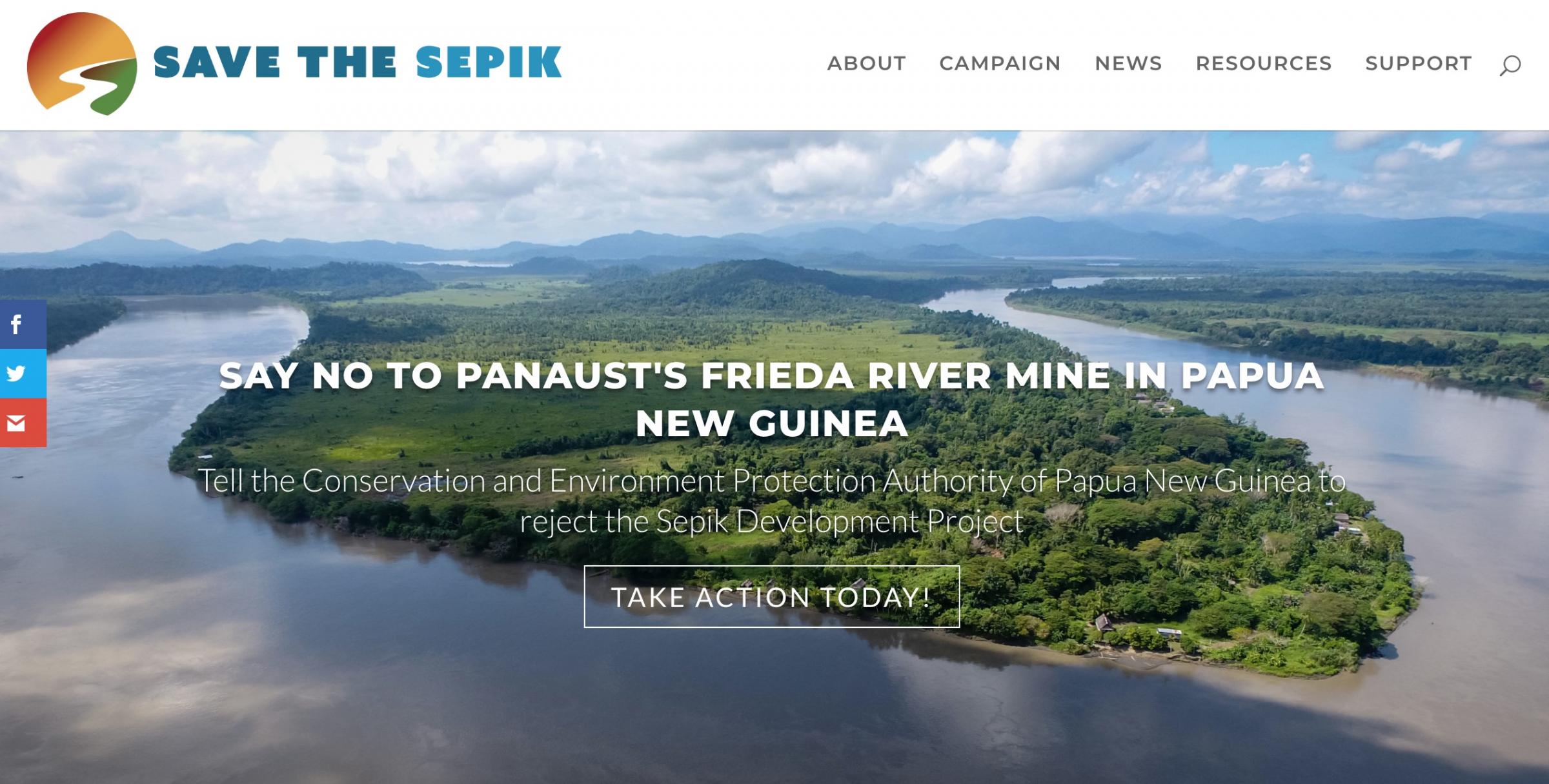On 11 Dec, 2019 By ACTNOW
By ROSA KOIAN. Source - PNG Attitude
A photo posted on Facebook showing dried freshwater fish at Wewak market has sparked a discussion on the future of the Sepik River.
In the river’s headwaters, the Frieda copper and gold mine is pushing ahead with its development plans.
The Sepik is 1,100km long and empties into the Bismarck Sea. The river system’s 430,000 people use the river for food, education, transport, health and culture.
What they want is a truly holistic economic approach to development.
More »
